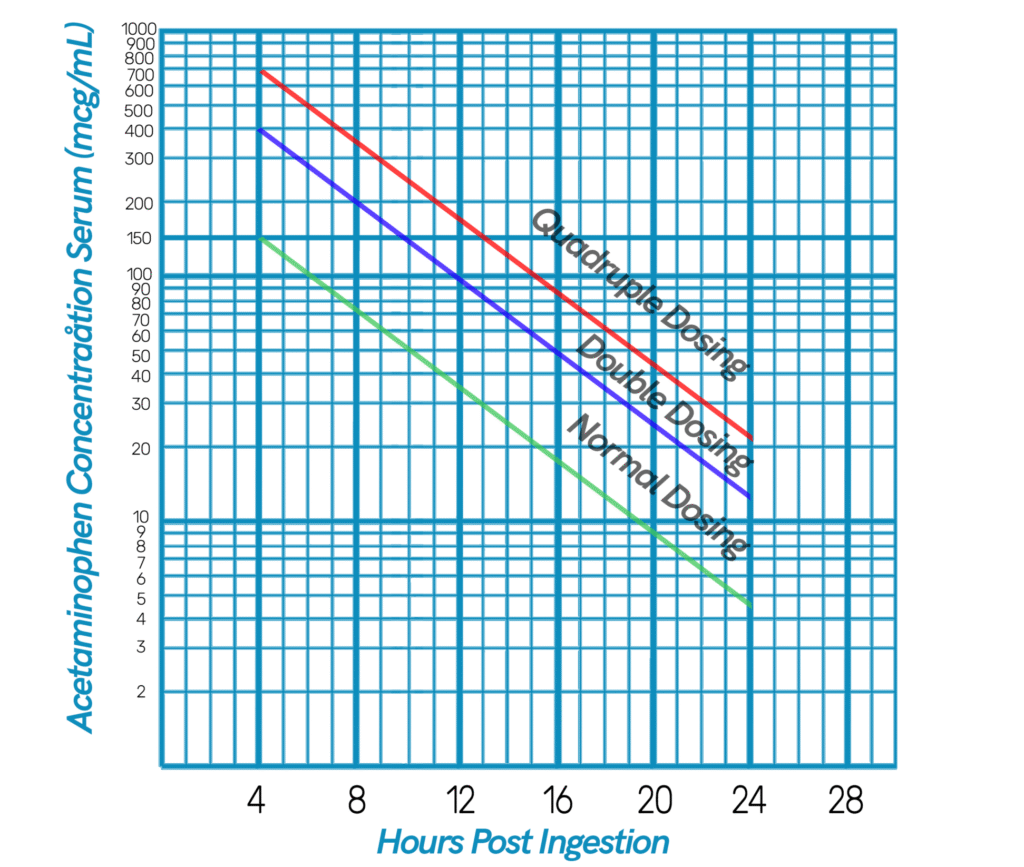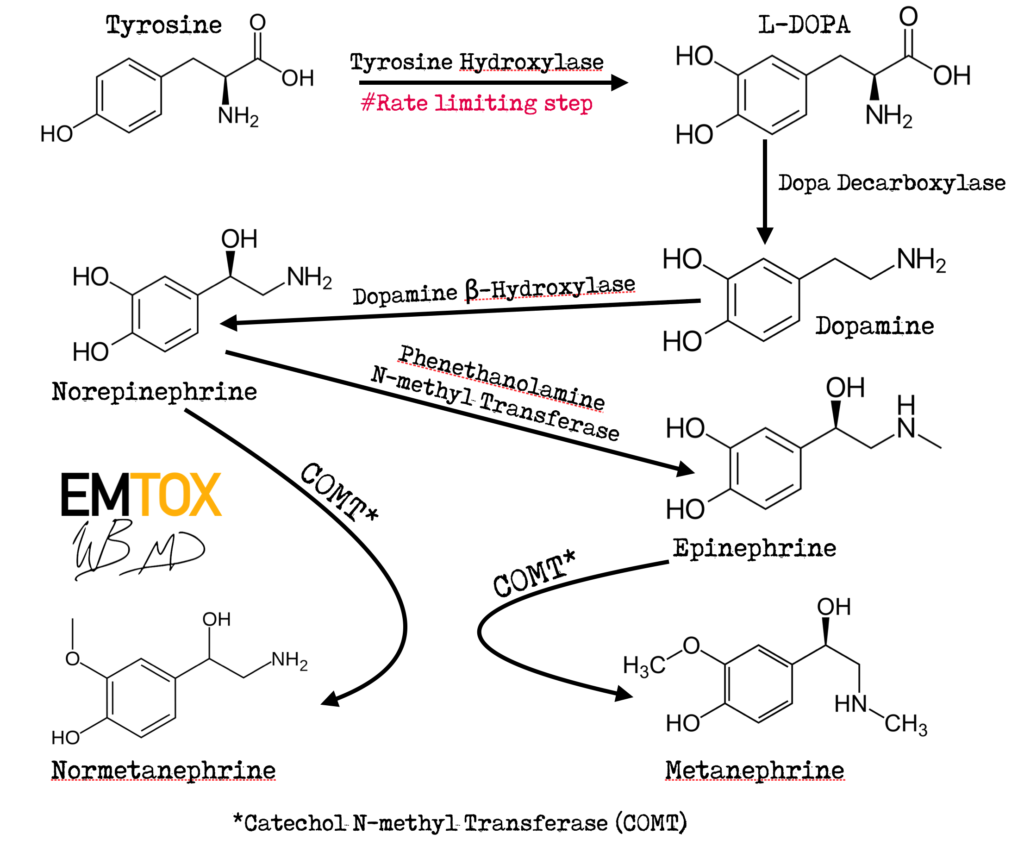If you work in an emergency room (ER), I am sure you have had a long journey to become more and more efficient. One way to be more efficient is to stack multiple tasks into the same cognitive process/execution. Here is what the beta version of ChatGPT has to say about it (https://openai.com):


Clearly, AI cannot yet educate an ER doctor on how to properly stack your tasks. So let me take a stab at it. ER docs love to learn from cases and examples, so I will present a few to illustrate my approach.
Here is an ideal scenario: you are signing out to the oncoming attending and you time a page to surgery to coincide with sign out of a patient. Once surgery calls you back, you say (while using body language to signal to the oncoming attending which patient you are talking about): Hey there, I have a 27 year old male who presented with 2 days of periumbilical pain, which then progressed to his right lower quadrant. He had tenderness to palpation in the right lower quadrant, so I got a ct scan, which showed non-perforated, acute appendicitis. His white count is 16, but isn’t septic. I gave a dose of zosyn and morphine for his pain. [hang up the phone, turn to the oncoming attending]. That’s Mr. XYZ in room 11.
At the same time of calling the consult, you have also given sign out to the oncoming attending. That probably saved one minute. If you can save 5 minutes a day, you will save about 20 hours a year. The more efficient you get, the more time you will save. Charting from home sucks, but you don’t have to do it if you get efficient.
Here is another example of multi task stacking: commuting to work on bicycle while listening to continuing medical education (CME) generating content. The stacked tasks include: exercise, saving money by not burning gas, continuing education, and commuting to work. The non-stacked alternative is driving to work in silence or listening to meaningless noise. In the first example, 4 things are effectively executed at the same time and contribute to productivity. In the latter example, only 1 thing is executed.
Finding tasks to stack is the challenging part. You may have found you already do some of this intuitively. But if you have a conscious approach to it, you can further maximize your efficiency. For example, unless you need to take a mindfulness break while you walk across the ED to gather suture supplies, you could also utilize that time to make a brief phone call, eg calling CT to let them know its time for the repeat head CT for the traumatic subarachnoid hemorrhage in spot 13.
In summary, task stacking is not a method, rather it is an approach. If you strive to make conscious decisions about your ED order of operations and optimize what tasks can be accomplished in parallel, you will find ways to stack more tasks. As a general rule of thumb, task stacking typically involves communicating to multiple parties at the same time or optimizing different tasks that use different parts of your brain/body. For me personally, utilizing this method has shifted the balance from finishing charts at home to finishing the vast majority of my charts on shift.
UPDATE 3.24.23
Here is GPT’s response to my post, when prompted:






